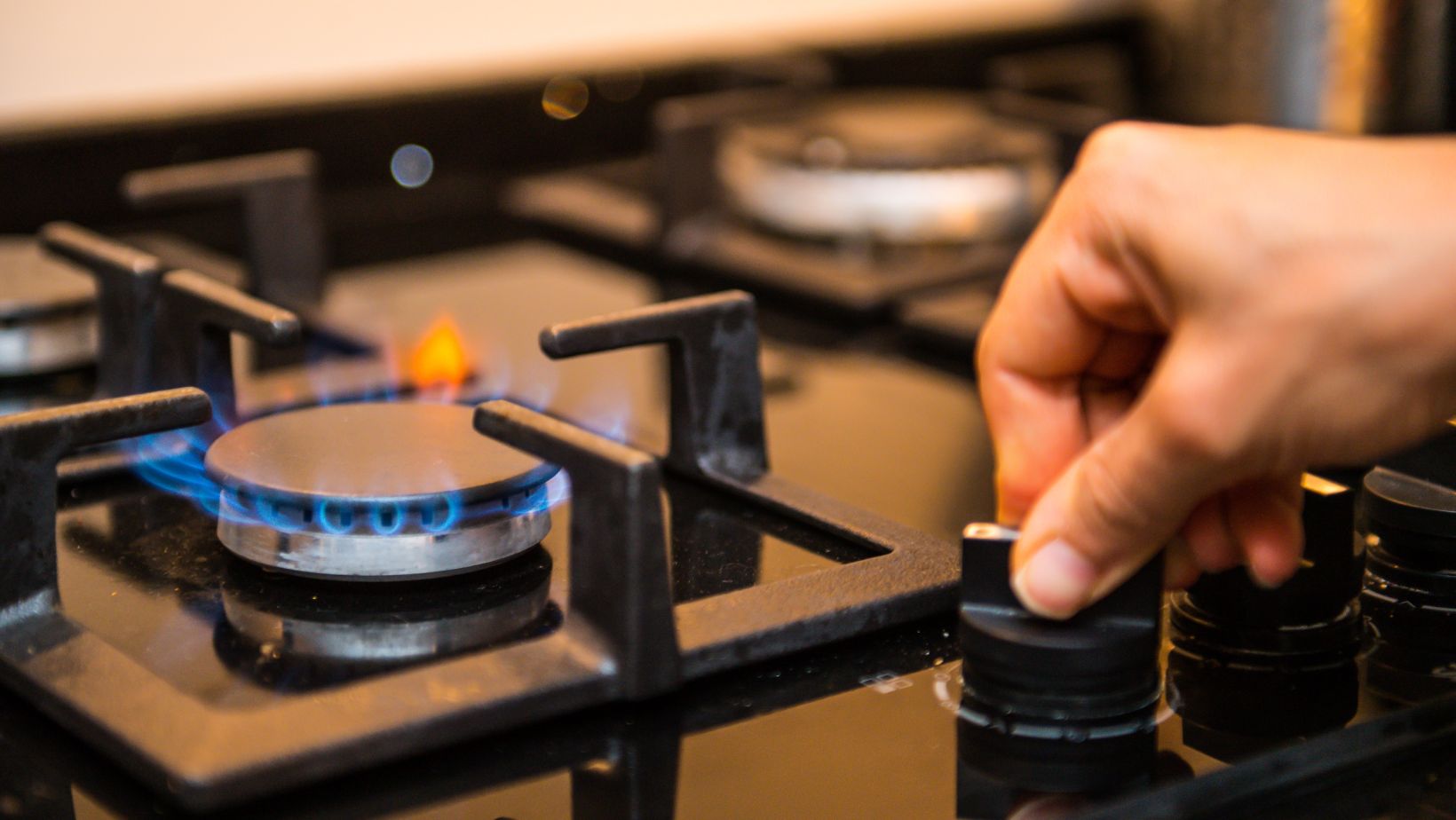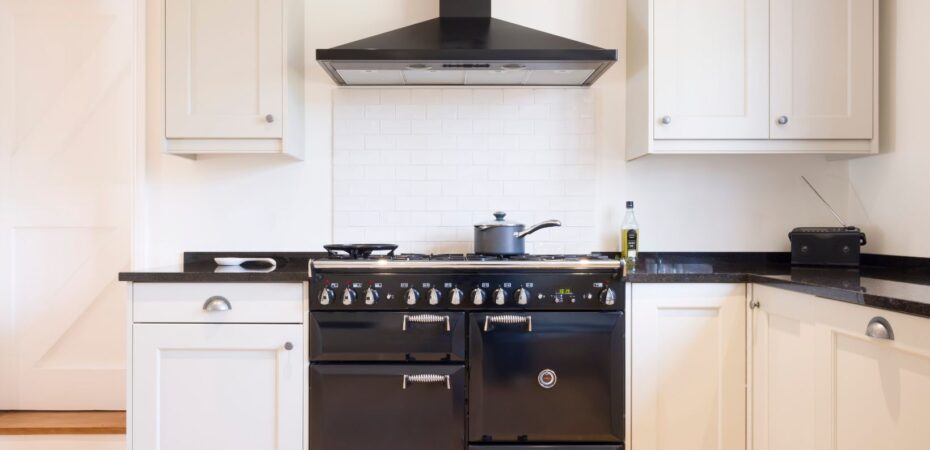When it comes to kitchen design, one crucial consideration is the distance between the stove and hood. The placement of these two elements plays a significant role in ensuring efficient ventilation and safety while cooking. Finding the optimal distance ensures that smoke, steam, and odors are effectively captured by the hood, contributing to a more comfortable and clean cooking environment.
The recommended distance between a stove and hood can vary depending on factors such as the type of stove (gas or electric) and the power of the hood. However, as a general guideline, a distance of 24 to 30 inches is typically recommended. This range provides sufficient space for adequate airflow without compromising safety or efficiency.
By maintaining an appropriate distance between your stove and hood, you allow for proper ventilation, reducing the risk of smoke lingering in your kitchen. This helps to prevent unwanted smells from permeating your home and ensures that airborne grease particles are effectively captured before they settle on surfaces.

Distance Between Stove And Hood
Determining the ideal distance between a stove and hood is an important consideration for any kitchen. The right distance ensures proper ventilation, efficient smoke extraction, and minimizes the risk of heat damage to the hood or surrounding cabinets. So, how do you determine this optimal distance?
- Manufacturer’s Recommendations: First and foremost, consult the manufacturer’s guidelines for both your stove and hood. They often provide specific recommendations regarding installation distances. These guidelines take into account factors such as heat output, type of cooking surface, and airflow requirements.
- Building Codes: Check local building codes or regulations that might stipulate minimum clearance distances for stoves and hoods. These codes prioritize safety standards to prevent fire hazards or issues with ventilation systems.
- Consider Cooktop Type: The type of cooktop you have plays a role in determining the ideal distance between your stove and hood. Gas cooktops generally produce more heat than electric ones, so they may require greater clearance for proper ventilation.
- Hood Power: Consider the power rating of your hood when deciding on the distance from your stove. More powerful hoods may be able to effectively extract smoke and odors from a greater distance.
- Kitchen Layout: Take into account your kitchen layout when determining the ideal distance between your stove and hood. If there are obstructions like cabinets or windows above your cooktop area, you may need to adjust the height of your hood accordingly.
By considering these factors – manufacturer recommendations, building codes, cooktop type, hood power, and kitchen layout – you’ll be able to determine an ideal distance between your stove and hood that ensures optimal functionality while keeping safety in mind.
Finding the right balance is crucial for optimal functionality and safety in your kitchen. Here are some key aspects to keep in mind:
- Safety regulations: It’s important to be aware of any local building codes or safety regulations that dictate the minimum distance required between your stove and hood. These guidelines ensure proper ventilation and reduce the risk of fire hazards.
- Hood size and capacity: Consider the size and capacity of your hood when determining its placement in relation to your stove. A larger or more powerful hood may require a greater distance from the stove to effectively capture smoke, steam, and odors.
- Heat clearance: The heat generated by cooking appliances should not pose a danger to your hood or surrounding cabinets. Allow sufficient space between the stove and hood to prevent heat damage and maintain proper airflow.
- Cooking habits: Take into account your own cooking habits when deciding on the distance between your stove and hood. If you frequently use high-heat cooking methods such as frying or grilling, you may want to increase the distance for better ventilation.
- Kitchen layout: The overall layout of your kitchen can also influence how far apart you position the stove and hood. Consider factors such as counter space, cabinet configurations, and other nearby appliances when making this decision.
By carefully considering these factors, you can ensure that the distance between your stove and hood is optimized for both safety and efficiency in your kitchen environment
Conclusion
After thoroughly examining the topic of the distance between a stove and hood, I have come to a few conclusions regarding this important aspect of kitchen design. Finding the ideal distance between a stove and hood involves prioritizing safety while also considering performance requirements. Adhering to local building codes ensures compliance with regulations aimed at protecting you and your home from potential hazards.
Remember that every kitchen setup may have different considerations depending on various factors specific to your needs. Seek professional advice if you’re unsure about any aspect of installing or adjusting your stove-hood configuration.


 By
By 





